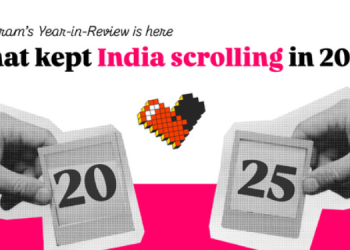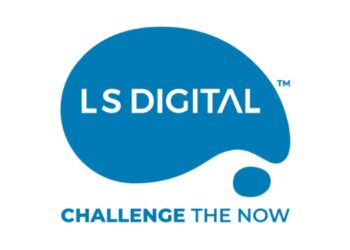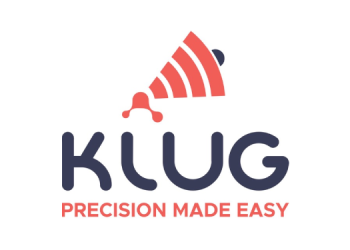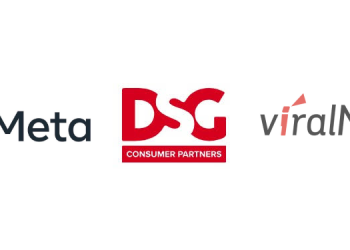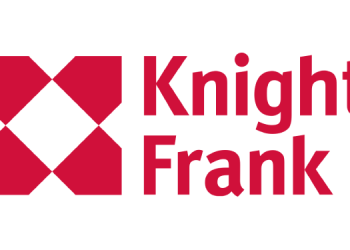Mumbai: Kantar’s Brand Inclusion Index finds that 75% of consumers worldwide consider a brand’s diversity and inclusion reputation while making purchases. In India, 68% report discrimination, mainly in commercial settings, a significantly higher rate than the global average of 46%. The study also reveals that 86% of Indian respondents prioritize diversity, equity, and inclusion (DEI) in both life and brand decisions.
The study highlights the importance of inclusive marketing for brand growth. Brands neglecting discrimination risk alienating customers. The Brand Inclusion Index 2024 shows a significant gap companies need to address: the disparity between those facing discrimination and those valuing diversity and inclusion.
Kantar’s Brand Inclusion Index 2024 is a survey of more than 23,000 people in 18 countries, the India leg comprises 1000 plus respondents with an inclusive demographic which is gender expansive, disability, socio-economic class, religion etc.
The Brand Inclusion Index findings, based on research with the Unstereotype Alliance and Oxford University’s Saïd Business School, suggest that inclusive advertising leads to a notable 16% sales increase, boosting consumer loyalty, buying intentions, and pricing power. Brands are evaluated on DEI strategy, diversity, equity, and inclusion initiatives, emphasizing positive actions over negative ones.
The first edition of India Brand Inclusion Index covers skincare, banking, automotive, and Technology. Globally, Kantar ranked Google, Amazon, Nike, Dove, and McDonald’s as top inclusive brands, while in India, it is Google, Tata Motors, Amazon, Jio, and Apple. These brands were acknowledged by consumers for championing diversity, equity, and inclusion.
Key findings:
- There’s an urgent need for brands to address DE&I failures: A staggering, 68% Indians claim to have been discriminated against, and in majority of cases in commercial places and brand touchpoints, which is substantially higher than the global figure which stands at 46%. The study also showcases that DEI is important for an overwhelming majority of Indians, both in life and while making brand choices with 86% respondents
- Consumer expectations are high, globally: 75% of consumers globally say that diversity and inclusion – or a lack thereof – influence their purchase decisions
- DEI is yet to make its mark on Indian advertising:
- More women are seen in Indian ads than global average but they remain bound by traditional roles of homemakers and mothers (7% women are featured in non-traditional roles)
- Fairness of skin may have transitioned to glow but skin colourism continues to exist in creatives
- Sizes remain slim and small. (7% diverse body shapes)
- Ageism dominates with 40+ women represented in less than one out of five ads (15% in India vs 26% globally)
- Underrepresented groups are most vulnerable: Ad protagonists and characters in India are painted in broad strokes of what they, their homes, beliefs and lifestyles look like, ignoring ethnic minorities, LGBTQ
- Ads that successfully portray people positively provide greater predicted ROI for advertising investment. There has been growth in the industry in positive portrayal of Males over the last year, but a drop in Female portrayal since last 2 years
- Globally, people with disabilities and LGBTQ+ individuals report the highest rates of discrimination (81% and 62% respectively), emphasising the need for targeted efforts to create more inclusive environments and content
- Google, recognised as most inclusive brand in India as well as globally. It emerges as a beacon of hope, ranked by Kantar as the most inclusive brand globally. Consumers, particularly in marginalised communities, praised Google for its unwavering commitment to DE&I in its internal policies, products and marketing, its authentic representation of people from all walks of life and its leading-edge innovation for inclusion
- Alongside Google, Tata Motors, Amazon, Jio and Apple emerged in the top five winners in India. Category wise, the India top Brand Inclusion Index scorers are – Google (Technology), Tata Motors (Automotive), SBI (Banking), Dove (Skincare).
Valeria Piaggio, global head of diversity, equity and inclusion at Kantar, said, “It’s a myth that inclusion marketing is about marketing to minorities. Inclusion marketing is expansive marketing. One of the fundamental ways to grow your brand is to predispose more people to it. Yet when brands exclude consumers – whether that’s because people don’t feel welcomed when shopping in stores or their advertising doesn’t reflect diverse communities – it’s an easy miss. Millennials and Gen Z prioritise diversity and inclusion even more than other groups, and as these populations grow in size and buying power these issues will carry more weight. Brands will be rewarded if they stand by their values – especially in the face of vocal communities which stoke the culture wars by pitting minority groups against one another.”
Soumya Mohanty, Managing Director & Chief Client Officer- South Asia, Insights Division, Kantar said, “In a country of India’s size, the term under-represented groups can be misleading for brands to use as a guiding light. Minorities can translate into millions of people who may choose or not choose to buy your brand, based on how well they feel seen, heard and voiced in your brands. It is a business imperative for brands to prove that they are serious and committed about DEI. The Brand Inclusion Index – our breakthrough study on brand inclusion – gives clear indications of how to achieve the inclusivity imperative. Our analysis of what’s behind the most inclusive brands is that they all have three things: a well-thought-out DEI strategy that stems from company actions and is committed long-term, impeccable creative execution, and bravery. The element of bravery will be increasingly important. As in other moments in history, when there’s significant social change, there are groups of society that seek to maintain the status quo, feel threatened, and as a result, react loudly.”
Mohanty added, “To avoid backlash, brands today need to be extra careful. Full inclusion needs to work at both ends of the spectrum: reaching out to underrepresented populations and making them count, while avoiding negative reactions from people who are used to seeing themselves well-represented by brands and don’t want to be left behind. This study brings understanding of how people perceive brands based on their DEI efforts, focusing on populations that tend to be excluded, underserved, or misrepresented. The Brand Inclusion Index gives marketers clear benchmarks for brand inclusion and inspiration from brave brands that are seen as diverse, fair, and inclusive.”


